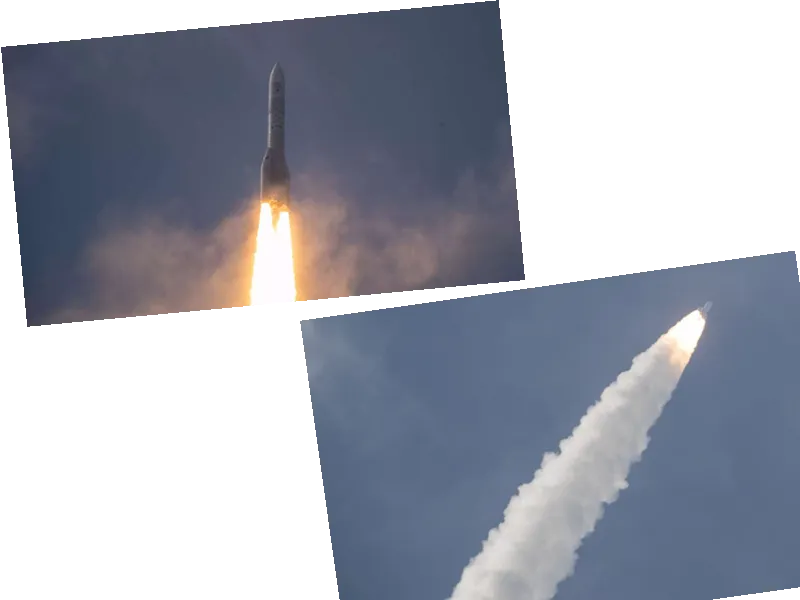The European Space Agency (ESA) has achieved a significant milestone with the successful launch of the Ariane 6 rocket, marking Europe's return to autonomous space access after a year's hiatus. The maiden flight, which took off from Kourou in French Guiana, saw the rocket deliver several satellites into orbit, a feat celebrated by ESA officials as a historic moment for European space travel.
Despite the overall success, the mission encountered a minor setback during the technical demonstration phase. An auxiliary engine in the upper stage ignited but then stopped unexpectedly, preventing the Vinci engine from firing again to send the last two payloads. As a result, these payloads remained in the upper stage, which will stay in space. Martin Sion, head of the rocket manufacturer ArianeGroup, emphasized that such issues are the reason for conducting technical demonstrations, as certain conditions cannot be replicated on the ground.
The launch of Ariane 6 is pivotal for Europe, filling the gap left by the retirement of the Ariane 5 in July 2023. This new launch vehicle is expected to restore European access to space and support a wide range of satellite missions for both public and commercial clients. The rocket's re-ignitable upper stage, developed in Germany, allows it to deliver satellites to multiple orbits, enhancing its versatility.
Looking ahead, ESA has ambitious plans for the Ariane 6, with a schedule of 29 missions, 21 of which are commercial. The first commercial flight is anticipated in December, followed by a steady increase in launch frequency aiming for nine launches per year by 2026. Stéphane Israël, CEO of Arianespace, highlighted the rocket's suitability for the new Space Economy market, with its modular design capable of carrying up to 23 tons into low Earth orbit.
While the maiden flight's minor anomaly in the upper stage engine's third ignition phase remains under investigation, ESA officials maintain confidence in the rocket's capabilities. The data analysis, expected to take one to two weeks, will inform necessary adjustments. ESA Director General Josef Aschbacher underscored that the primary objectives of the launch were met, and the overall mission was a success, reinforcing Europe's position in the international space arena.






